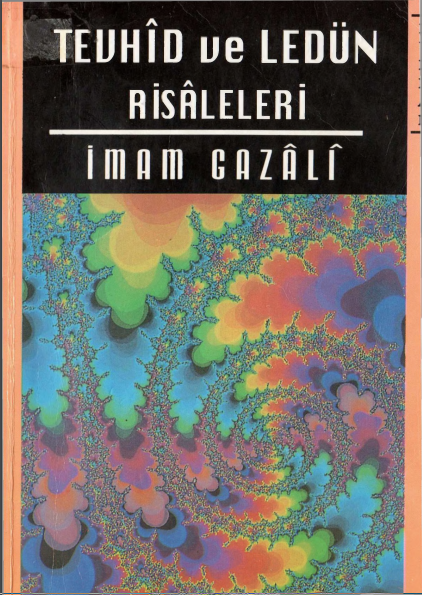

The story we invented had affected the sultan deeply. In these novels, the ruins and memories of fallen empire and the denial of its cultural legacies provide the characters, no other choice but to suffer from identity crisis because they have to live in the imitation of other’s 268 This change raises confusion and perplexity in the life of Turkish as shown in The Black Book, Snow, and The Museum of Innocence. The exclusion of Ottoman Islam that is considered as the biggest obstacle to climb the altar of modernity brings profound changes in all dimensions of social, political, and religious life for Turkish people. This initial union led to the separation from their authentic self as the Republic felt the urge to write a new history by tearing off all the legacies of Ottoman Islam. Following the fall of the Empire, Turkey encountered initial union with new cultural identity imposed by the new born Republic. In the very beginning they have their cultural root, the Ottoman Islam. Transformation of their contemporary identity that reveal the stages of Sufi framework of identity formation. After the murderer’s identity is eventually revealed by a stylistic glitch, Şeküre commissions her son Orhan to write their tale. As the mystery and love story unfold, so does the history of miniature painting and its development at successive Persian, Timurid, Turkmen, Safavid, Mughal, and Ottoman courts.

He is in love with his cousin, Şeküre, a beautiful war widow with two sons, Orhan and Şevket.

To investigate, the head of the atelier calls on his nephew, Kara ( Black). One of the ive miniaturists working on the project fears that the secret book is blasphemous but is killed by one of his fellow artists before he denounces it to the followers of a radical, iconoclast preacher. The sultan has com- missioned an illustrated book for the Venetian Doge, depicting the Sultan and his realm in the “Frank- ish” (Renaissance) style. The action is set over ten days in the winter of 1591.

It is narrated in the irst person by ten characters, with the most important charac- ters “drawn larger.” One character is a cofeehouse “meddah” (storyteller), who “magically” stretches the bounds of the novel’s narrative to inanimate objects and even the afterlife. Anahatlariyla tasavvuf ve tarikatlar.Released in December 1998, Pamuk’s ifth novel, Benim Adım Kırmızı (translated as My Name is Red, 2001), is set during the reign of the cosmopoli- tan-minded Sultan Murad III, and weaves art histori- cal debate on Islamic aesthetics into a murder mystery and love story. Elmali's orfan ocaklari: An evaluation on bektashism and Halveti. Aleviliğin tarihsel arka planı veya Anadolu'da İslami-Türk heterodoksunun oluşumu. Popular Sufism in Eastern Europe: Sufi brotherhoods and the dialogue with Christianity and ‘Heterodoxy’. Essays in islamic philosophy, theology and mysticism. Rediscovering the umma muslims in the Balkans between nationalism and transnationalism. The Arab lands under ottoman rule: 1516-1800. Ibrahim-i gulshani and the khalwati-gulshani order power brokers in ottoman Egypt. Türk mezhebi olarak halvetiyye'nin tarihsel gelişimi ve halvetiyye düzeninin analizi. Petersburg oriental studies publishing house. Bakuvi was a student and follower of the first founder of this movement Omar al Khalvati Shirvani known as Piri-Avvali.Īleskerova, N. The author emphasizes that the theory of wahdati-wujud created by Gazali left a deep mark on the world philosophical heritage and became the basic of the great Tasawwuf tradition ( Morewedge 1995).Īccording to researches Khalwatiyya created by Bakuvi (died in 1463/1464) in Azerbaijan and widely spread in many countries is one of the most important movements in Islam. One of the most important persons in the history of Sufism was ibn Arabi, the follower of the era after Gazali and the creator of the philosophical tasawwuf. The author notes that the concepts of Sufis of the early tasawwuf period Bayazed Bistami and Junade Baghdadi were systematized later in a more perfect form by Imam Ghazali and Seyyid Yahya Bakuvi. From this point of view in nowadays Sufism has got a great importance and carefully studied. Spread around the world due to its variety and presence of various scientific, cultural and philosophical movements since the Islamic revival Islamic culture laid the foundation for many new directions of human development and enriched its spiritual and cultural heritage.


 0 kommentar(er)
0 kommentar(er)
